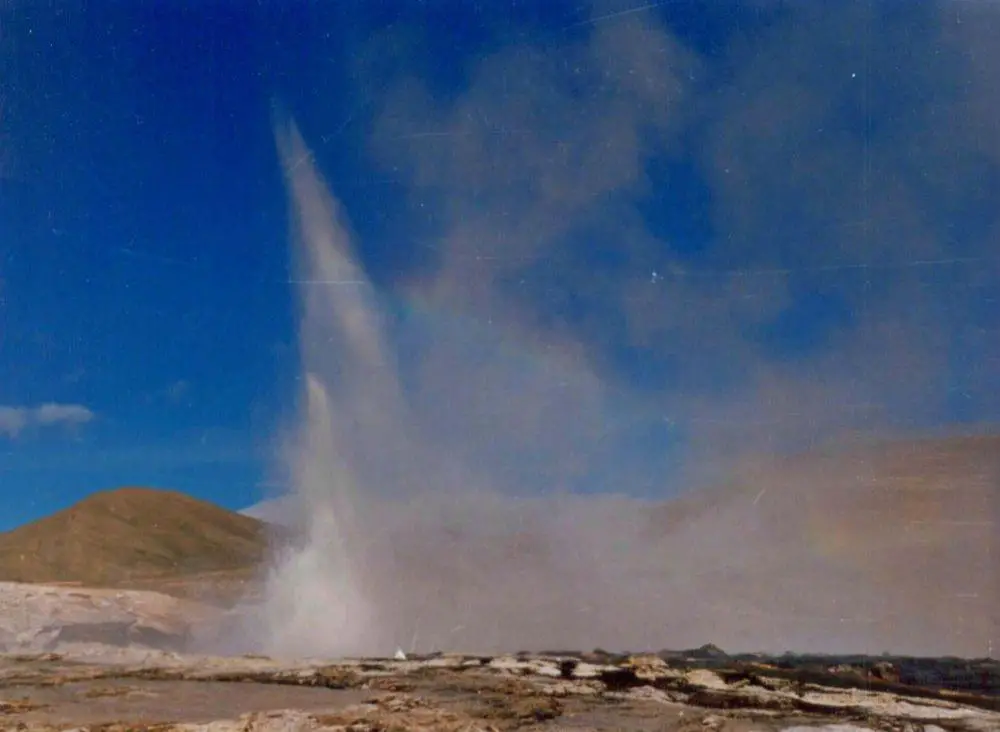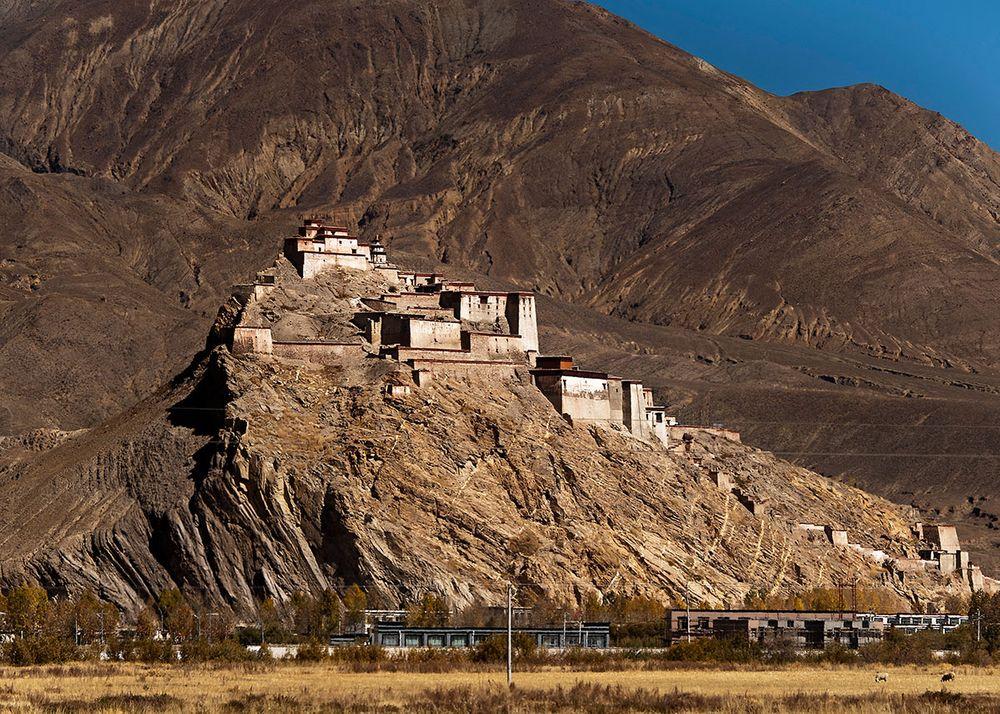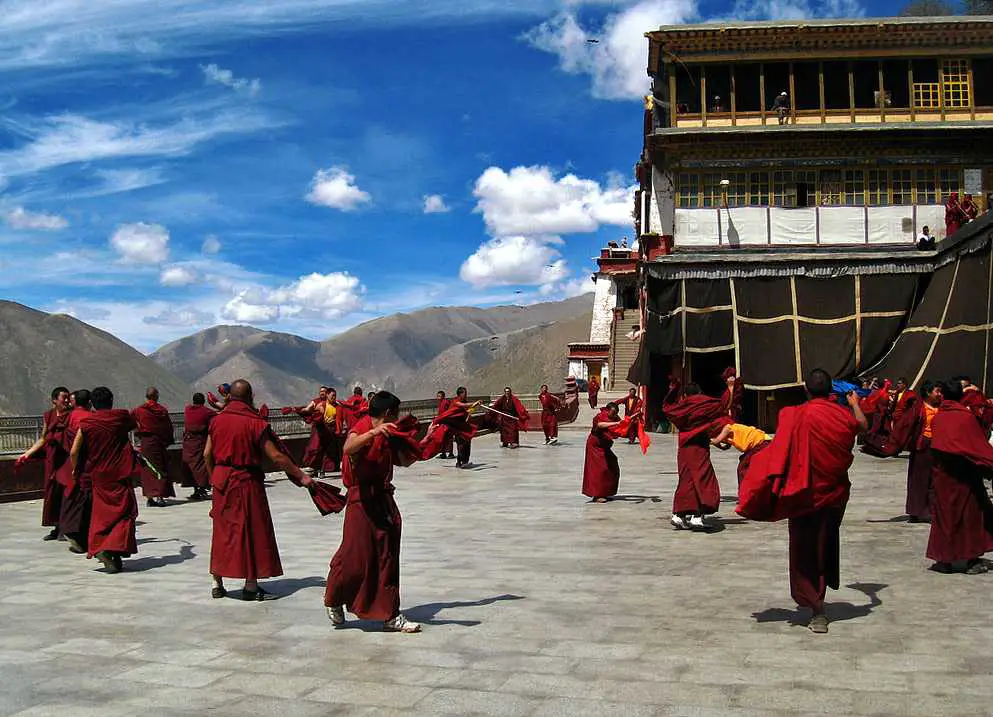Wondermondo 🢖 World 🢖 Wonders of Asia 🢖 Wonders of Tibet
Territory
Wonders of Tibet
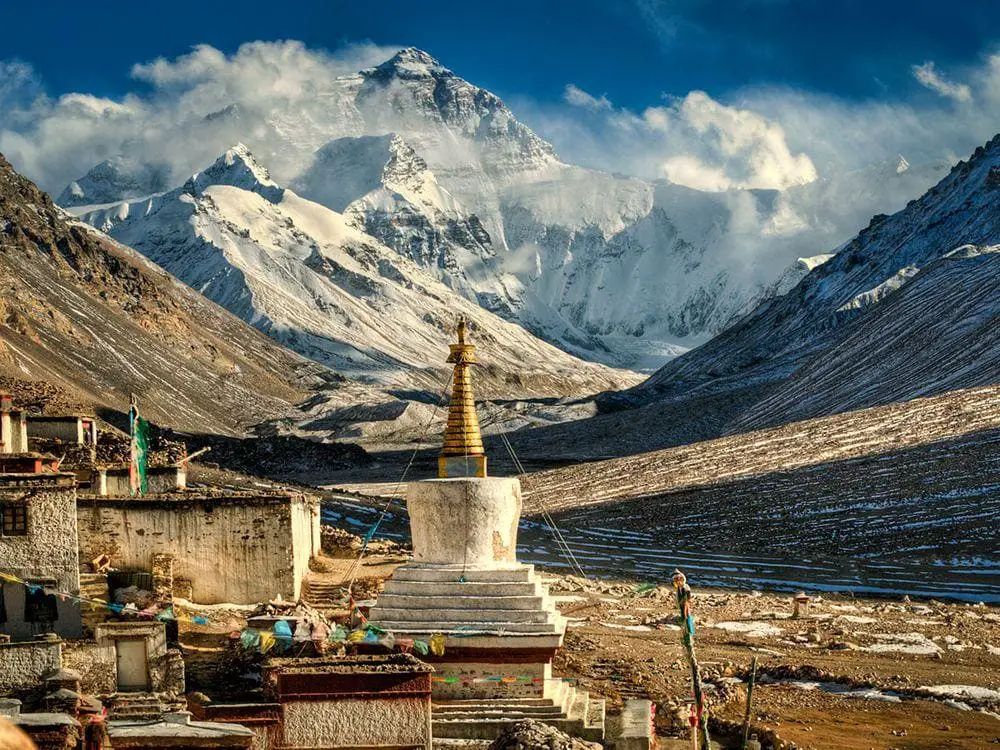
 Highlights
Highlights
Currently Tibet is included in China and Wondermondo is reviewing the country in the present-day borders of Tibet Autonomous Region.
Few countries in the world are as shrouded in myths and legends as Tibet is. This land has mountainous (the highest mountains in the world!), rugged and harsh terrain – and lots of unspoiled nature. All this scenery is dotted with thousands of historical landmarks – megaliths, cliff art, abandoned and existing towns and cities, thousands of rock-cut chambers and passages, and monasteries.
The most amazing wonders of Tibet are:
- Buddhist and Bön monasteries. The numerous monasteries of Tibet are the keepers and developers of the traditions in this country, here are stored old writings and artwork. Mysterious is the Bön tradition – a relic of the distant past and extinct cultures of Tibet.
- Archaeological heritage. Although later – Tibetan and Chinese cultures – have partly erased the earlier heritage, in Tibet still are found hundreds of monuments created by earlier cultures, such as Zhang Zhung or Guge.
- Natural landmarks. Country has a huge number of interesting landmarks but the most impressive is the landscape, and image of Tibet as a whole. Nowhere else in the world, one will see such a "sea of mountains" with thousands of lucid lakes and the deepest canyons in the world.
Map with the described wonders
If you see this after your page is loaded completely, leafletJS files are missing.
 Top 25 wonders of Tibet
Top 25 wonders of Tibet
Geological wonders
Mount Everest
Shigatse
Earth’s highest mountain, 8,848 m high.
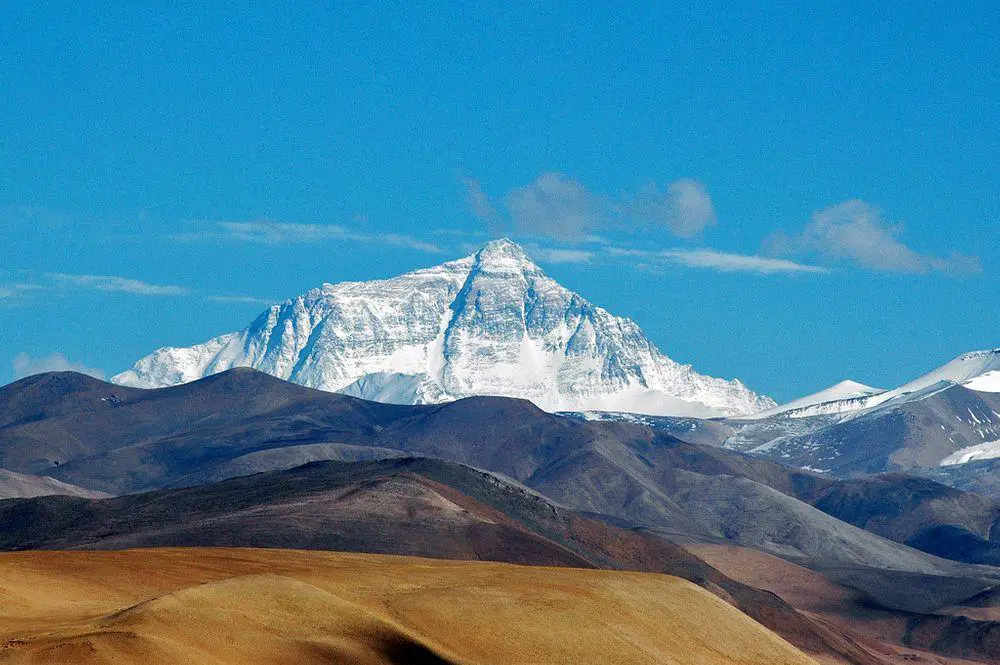
Yarlung Tsangpo Grand Canyon
Nyingchi
Possibly the deepest canyon in the world, up to 6,009 m deep. Average depth – 2,268 m. Contains a unique, nearly undisturbed ecosystem with different height zones – from subtropical to Arctic.
Hidden Falls
Nyingchi
This very powerful fall is around 30 meters high and is located in one of the last explored areas on Earth. It was discovered only in the late 1990s. Upstreams are Rainbow Falls that are some 20 m high.
Peting Chuja and Naisum Chuja
Some of the most mysterious and less-known geyser fields in the world, located in hard to access valley of the La Chu (Laha) River. It is considered that there are some 14 active geysers. Naisum Chuja at the end of the 19th century had two geysers spouting up to 18 m high. During the harsh Tibetan winter, the water freezes, forming weird ice towers.
Dagejia Geysers
Shigatse
Possibly one of the largest geyser fields in the world reported having some 100 geysers. Dagejia Geyser spouts up to 20 m high and is the largest geyser in Tibet.
Archaeological wonders
Caves of Garuda Valley
Ngari
Rock-cut caves in the canyon of upper Sutlej, part of them form Kyunglung (see below). Entrance in some caves is in vertical cliffs up to 400 m above the river. Caves most likely were created by the ancient Zhang Zhung civilization and may form a part of the legendary Shambala.
Donggar (Dungkar) and Piyang Buddhist Caves
Ngari
Group of artificial caves with very valuable frescoes (Donggar) that are some 1,100 years old. Colorful drawings mostly show heavenly girls. In Piyang above the village rises a hill with more than one thousand rock-cut caves.
Architecture and legendary wonders
Potala Palace
Lhasa
A monument of world importance, this is the chief residence of the Dalai Lama. The first palace was built here in 637, while the current palace was built in 1645 at 13 floors and 117 meters high. It contains 1000 rooms and numerous monuments of art and knowledge, although most of them have been lost since the Chinese invasion.
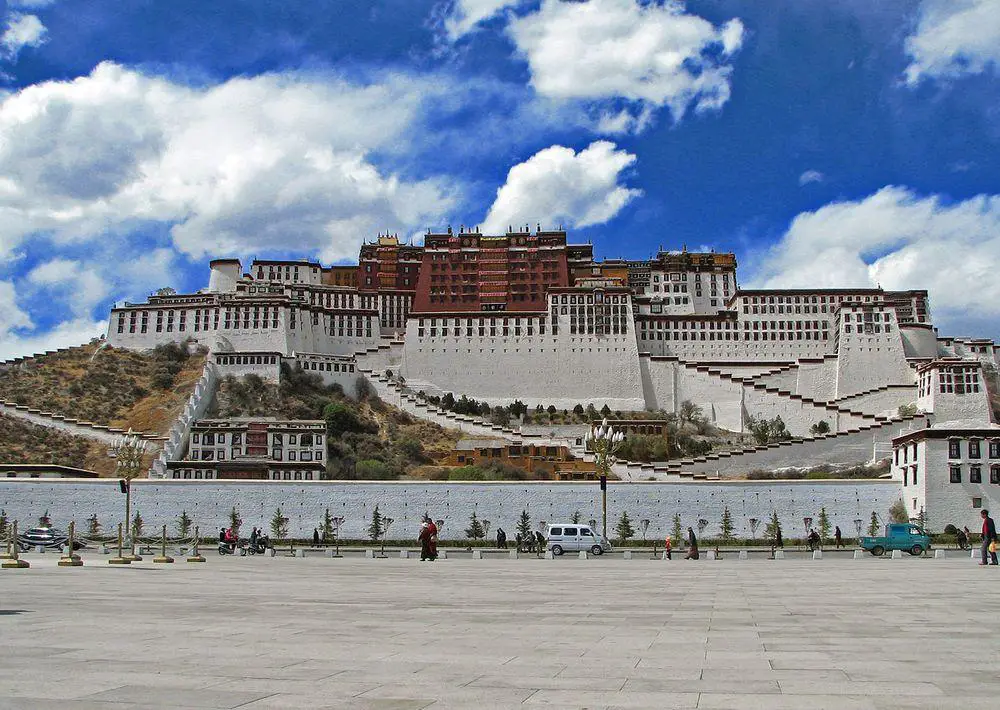
Mount Kailash
Ngari
Visually very impressive mountain, 6638 meters high. It is a very sacred site for many of the religions of Asia, including Buddhism, Hinduism, and Jainism. It is off-limits to people due to its religious significance. Pilgrims walk around the mountain on a 52 km long trek.
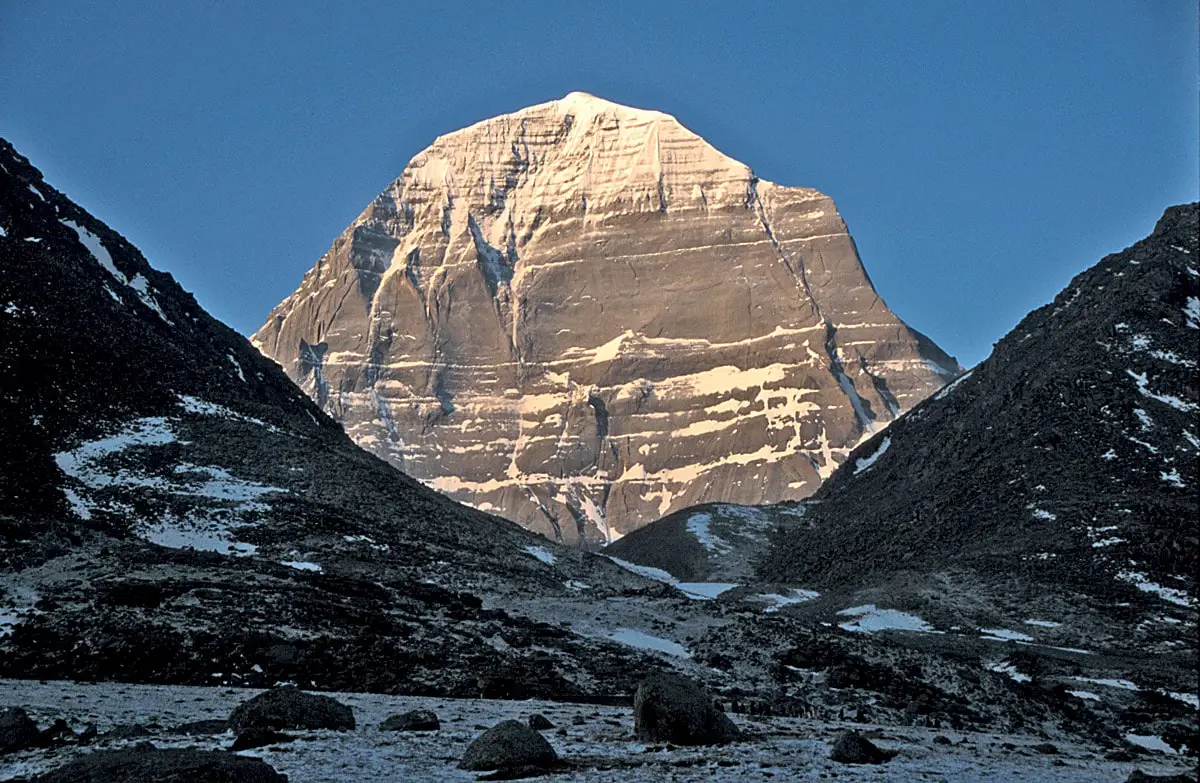
Jokhang
Lhasa
Buddhist monastery, built sometime around 642 AD. One of the most sacred sites for Tibetans contains numerous revered metal sculptures hidden from the eyes of casual visitors.
Norbulingka
Lhasa
Palace and park of Dalai Lamas, constructed in the second half of the 18th century. Unique monument of Tibetan culture. Especially impressive are the park and gardens.
Sakya Monastery
Shigatse
This is a large monastery, founded in 1073. The leading monastery of Tibet in the 13th century. It has medieval Mongolian architecture and contains very important artworks and a library with 84 000 scrolls.
Lhamo La-tso
Lhasa
The most sacred lake in Tibet, a place where senior monks go to assist in the reincarnations of the Dalai Lamas. Lake is located at 5,300 m altitude and is often visited by pilgrims who want to see their future in the skull-shaped mirror of this lake.
Yumbulagang (Yungbulakang Palace)
Shannan
An impressive mountaintop palace, according to the legends – the oldest building in Tibet (the 2nd century BC) and the residence of the first king of Tibet – Nyatri Tsenpo.
Tradruk Temple
Shannan
One of the first (possibly – the first) geomantic temples in Tibet, built before the 8th century AD. Geomantic temples were a group of 12 temples built in special places to provide protection to Tibet. Tradruk has many valuable works of art.
Buchu Monastery
Nyingchi
Very old Buddhist monastery, built in the 7th century as one of the legendary “demoness-subduing” temples according to geomantic theory. Monastery has a golden roof that is visible from far away.
Samye Monastery
Shannan
The first Buddhist monastery in Tibet. It was founded sometime around 775 – 779 AD. The original buildings are not preserved and the monastery was rebuilt several times.
Tsaparang
Ngari
Ruins of the ancient capital of the Kingdom of Guge. The town basically consists of a huge mountain with a fortress – a summer palace on it. The mountain is crisscrossed by artificial passages and caves. According to legends, the town was established sometime around 838 – 841 AD, and most of the constructions are from the 11th century.
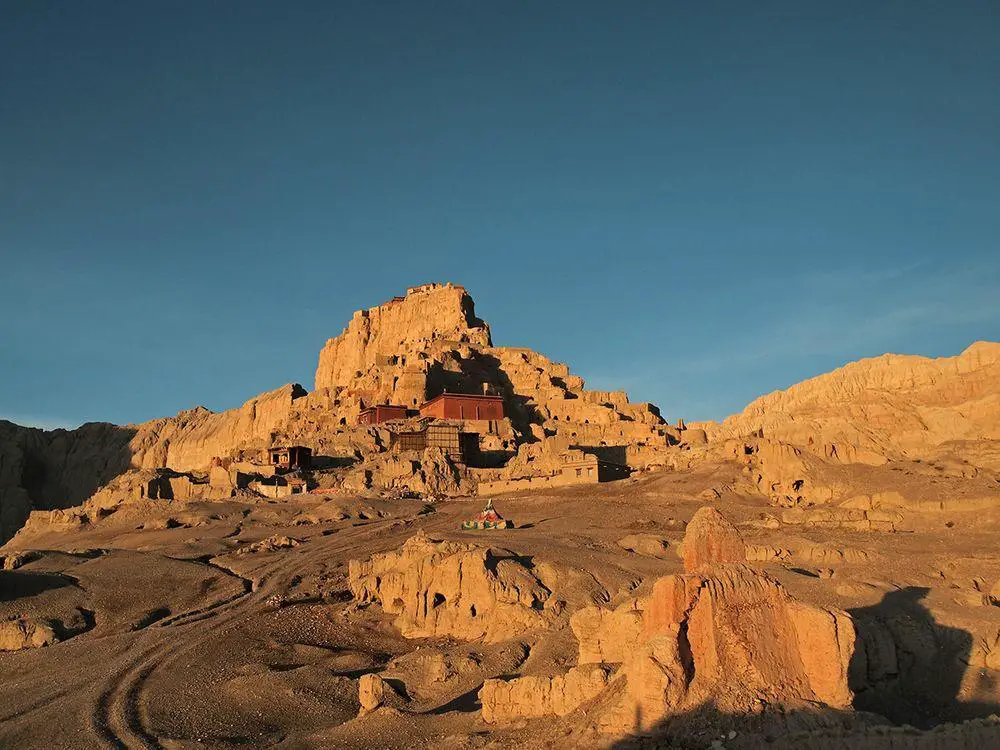
Shalu Monastery
Shigatse
A comparatively small but important monastery, it was founded in 1040. It was an ancient center of education, esoteric studies, and psychic training and is renowned for its painted murals.
Old Lhasa
Lhasa
Historical quarters of Lhasa city with narrow streets, public squares, and many historically and culturally important buildings. Most authentic is Barkhor – a maze of streets and squares encircling the Jokhang Temple, a popular route for pilgrims.
Drepung Monastery
Lhasa
Reported by some to have been the largest monastery in the world, in the first half of the 20th century it had up to 10000 monks. The monastery was founded in 1416 and had high standards of education. It was partly destroyed by the Chinese in 1951.
Tashilhunpo Monastery
Shigatse
An important monastery that had up to 4000 monks. It was founded in 1447 and has numerous important artworks.
Gyantse Dzong
Shigatse
One of the best-preserved historical fortresses in Tibet. The present walls were built in 1268, palace – in 1365. The walls are adorned with murals from the 14th century.
Ganden Monastery
The first monastery of the Tibetan Geluk order. It was founded in 1409 and in the early 20th century it had around 6000 monks. It was demolished in 1959 and 1966 by the Chinese and partly reconstructed afterward.
 Recommended books
Recommended books
In the Shadow of the Buddha: One Man’s Journey of Discovery in Tibet
For nearly a decade, Matteo Pistono evaded Chinese security and smuggled out photos of prisons, secret documents, and firsthand interviews of torture victims and other atrocities committed by the Chinese government. Yet Pistono had not initially gone to Tibet to fight for human rights-but as a Buddhist pilgrim.
The Heart of the World: A Journey to Tibet’s Lost Paradise
The myth of Shangri-la originates in Tibetan Buddhist beliefs in beyul, or hidden lands, sacred sanctuaries that reveal themselves to devout pilgrims and in times of crisis. The more remote and inaccessible the beyul, the vaster its reputed qualities. Ancient Tibetan prophecies declare that the greatest of all hidden lands lies at the heart of the forbidding Tsangpo Gorge, deep in the Himalayas and veiled by a colossal waterfall. Nineteenth-century accounts of this fabled waterfall inspired a series of ill-fated European expeditions that ended prematurely in 1925 when the intrepid British plant collector Frank Kingdon-Ward penetrated all but a five-mile section of the Tsangpo’s innermost gorge and declared that the falls were no more than a “religious myth” and a “romance of geography.”

